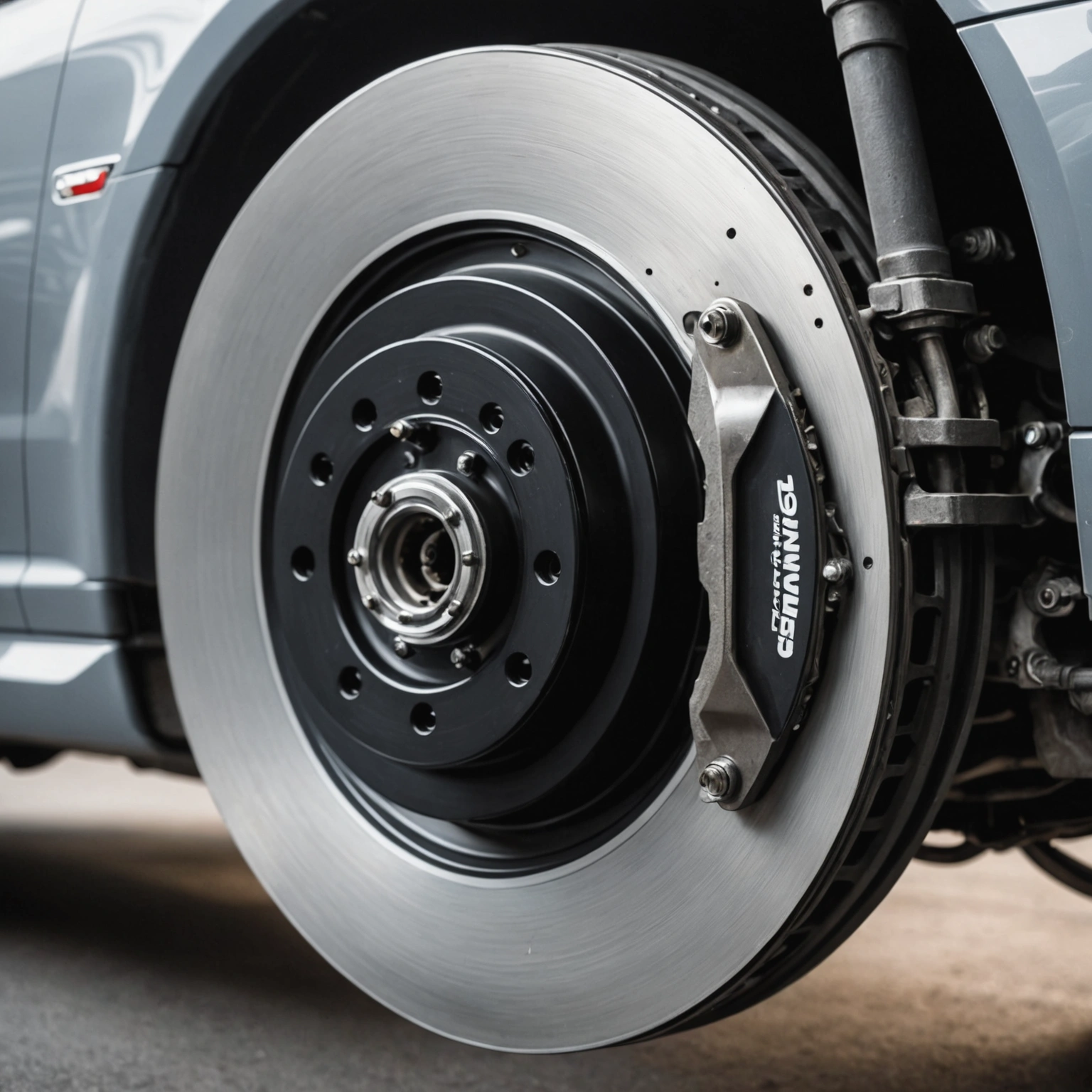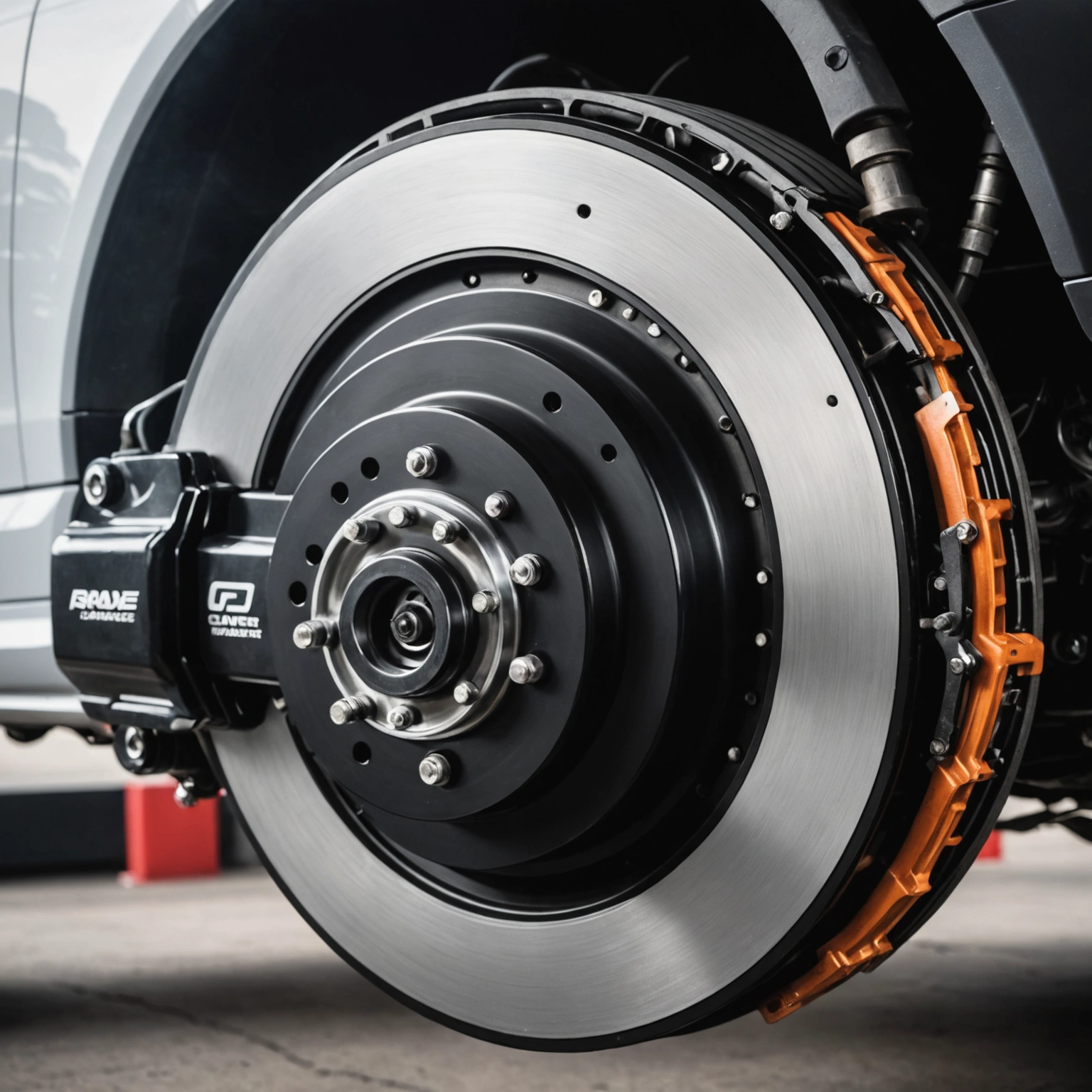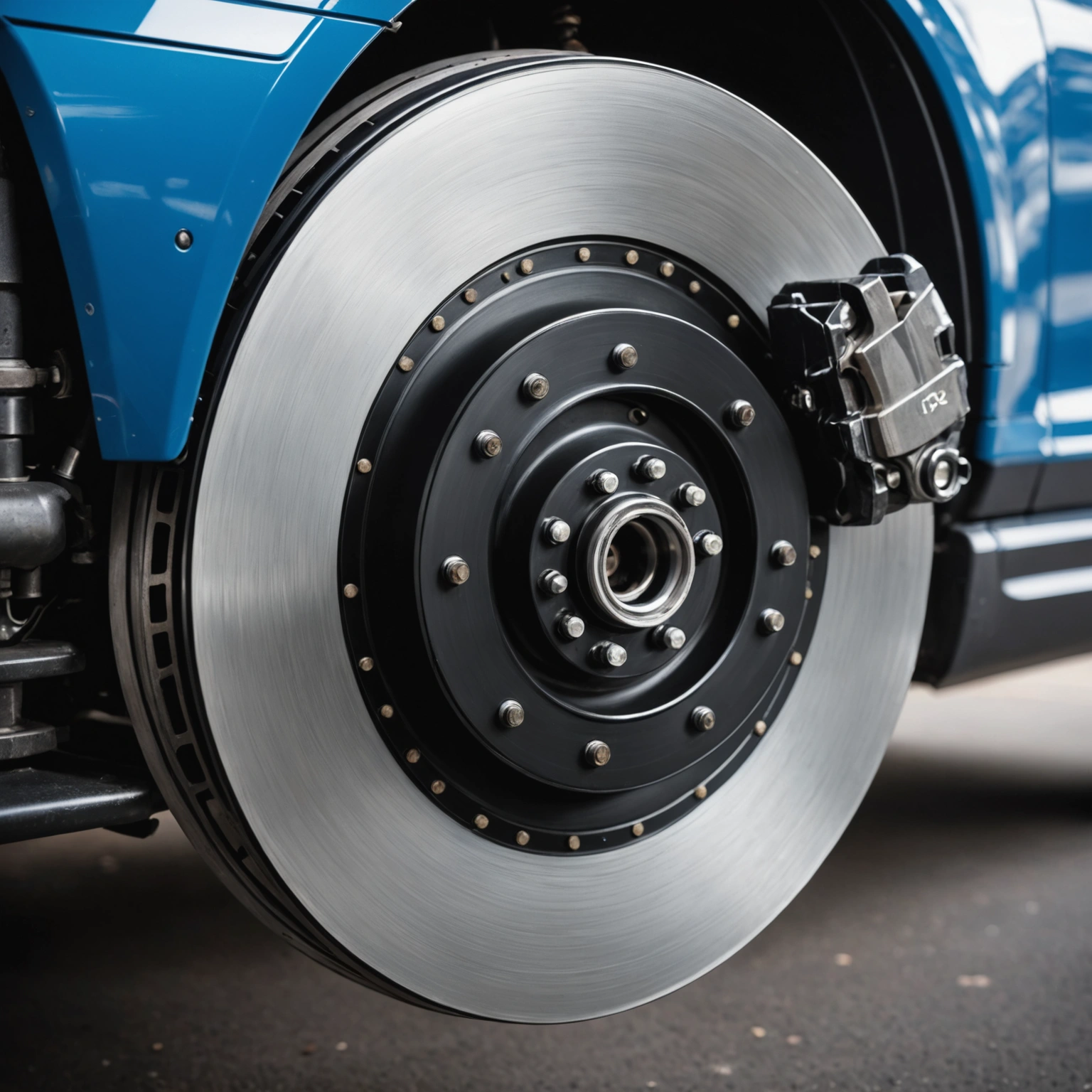**Understanding How Automotive Brakes Work: A Comprehensive Overview**
Brakes are an essential safety feature of every vehicle, enabling drivers to slow down, stop, or control their speed effectively. While they might seem straightforward, the science and engineering behind automotive braking systems are intricate and vital for safe driving. Here’s a detailed look at how automotive brakes work.

### The Basic Principle of Braking
At its core, the purpose of a brake system is to convert the kinetic energy of a moving vehicle into a form that can be dissipated safely—primarily heat—thereby reducing the vehicle’s speed or bringing it to a complete stop.

### Types of Automotive Brake Systems
Most vehicles use disc brakes and drum brakes, sometimes in combination:

– **Disc Brakes:** Consist of a rotor (disc) attached to the wheel and a caliper with brake pads that clamp onto the rotor.
– **Drum Brakes:** Have a drum attached to the wheel and brake shoes that press outward against the drum surface.

Modern vehicles typically favor disc brakes for their superior performance and heat dissipation, especially on the front wheels, with drum brakes sometimes retained on rear wheels for cost-effectiveness.
### The Components of a Disc Brake System
1. **Brake Pedal:** The driver applies force to the brake pedal.
2. **Master Cylinder:** Converts the mechanical force into hydraulic pressure.
3. **Brake Lines and Hoses:** Carry brake fluid under pressure to the calipers.
4. **Calipers:** House the pistons and brake pads; they squeeze the pads against the rotor.
5. **Brake Pads:** Friction material that presses against the rotor to slow the wheel.
6. **Rotor (Disc):** The rotating disc attached to the wheel.
### How Brakes Convert Kinetic Energy into Heat
When you press the brake pedal:
1. **Hydraulic Pressure Activation:** The master cylinder pushes brake fluid through the lines to the calipers.
2. **Pistons Engage:** The pressure causes caliper pistons to move outward.
3. **Pads Clamp the Rotor:** The brake pads are pressed firmly against the spinning rotor.
4. **Friction:** The contact between pads and rotor generates friction, which opposes the rotation of the wheel.
5. **Energy Dissipation:** This friction converts the vehicle’s kinetic energy into heat, which is absorbed by the brake pads and rotor.
### The Role of Brake Fluid
Brake fluid is a hydraulic liquid designed to withstand high temperatures and compressibility. It transmits the force from the pedal to the calipers efficiently. Regular maintenance ensures the fluid remains free of moisture and contaminants, which can affect braking performance.
### Additional Brake Systems for Safety and Performance
– **Anti-lock Braking System (ABS):** Prevents wheel lock-up during hard braking, maintaining steering control.
– **Electronic Brakeforce Distribution (EBD):** Distributes braking force optimally among wheels.
– **Brake Assist (BA):** Provides additional braking force during emergency stops.
– **Parking Brake:** Uses mechanical linkages or electronic controls to keep the vehicle stationary.
### Summary
Automotive brakes work by converting the vehicle’s kinetic energy into heat through friction, controlled by hydraulic systems that amplify the driver’s input. The combination of mechanical, hydraulic, and sometimes electronic components ensures that vehicles can stop quickly and safely under various conditions.
Understanding how brakes function helps drivers appreciate the importance of regular maintenance and safe driving practices. Properly functioning brakes are vital for safety on the road, and advancements continue to improve their efficiency and reliability.
—
**Stay safe and keep your brakes in top condition for a smooth and secure ride!**

